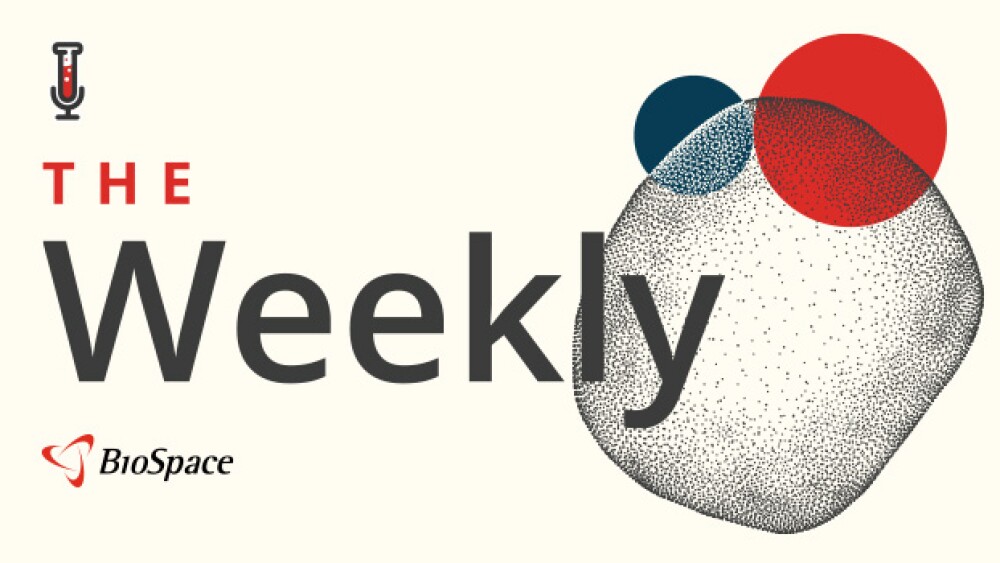ROCHESTER, N.Y., Oct. 27 /PRNewswire-USNewswire/ -- The University of Rochester Medical Center (URMC) today broke ground on the Clinical and Translational Science Building (CTSB) -- a facility that will help accelerate scientific discoveries into new ways to understand, treat, prevent, and cure diseases.
Earlier this year, Governor David Paterson and New York Assembly Speaker Sheldon Silver announced that state would provide $50 million toward the construction of the building, which is part of a major investment that the Medical Center plans to make over the next several years in research, education, and clinical care. An estimated $300 million will be spent on new facilities, including the CTSB which has a total project cost of $76.4 million.
"We are deeply grateful to Speaker Silver, Governor Paterson, and our local Assembly delegation for their support for this critical project," said University of Rochester President Joel Seligman. "This building will not only help transform medical science and improve health in Rochester and beyond, but it also represents an important community investment in the type of research enterprise that can be a catalyst for regional economic growth."
In October 2006, the University of Rochester School of Medicine and Dentistry was one of the first 12 institutions in the nation to receive a Clinical and Translational Science Award from the National Institutes of Health (NIH). The $40 million award, the largest NIH grant ever made to the School of Medicine and Dentistry, has enabled the University and its partner institutions to assemble technical and professional resources and build research networks necessary to support the development of new medical technologies and interventions.
"URMC already has a strong history of excellence in clinical and translational science and the research done in Rochester has already touched millions of lives around the world," said Bradford C. Berk, M.D., Ph.D., CEO of URMC. "This building represents a new chapter in this institution's proud tradition of leadership in biomedical research and innovation."
"The NIH grant and the support from Albany will enable us to fundamentally re-engineer the way we conduct medical research in a manner that allows us to harness basic research to improve health," said David Guzick, M.D., Ph.D., dean of the School of Medicine and Dentistry and principal investigator of the Clinical and Translational Science Award.
A New Academic Home for Clinical and Translational Research
The 200,000 square foot, four story building -- which will be the first of its kind to be constructed in the nation -- will be home to more than 600 scientists, physicians, nurses, statisticians, research administrators, and support staff. The building will contain several clinical research programs and resources that are currently scattered throughout the Medical Center.
"This new facility will enable us to build upon an already strong foundation of clinical research by giving our scientists and physicians access to more resources and bringing them together in an environment that is designed to promote communication and collaboration," said Thomas Pearson, M.D., M.P.H., Ph.D., director of the Clinical and Translational Science Institute. "It will also serve as a hub for community-outreach activities which will enable us to develop new ways to reach underserved populations and extend research networks across upstate New York."
The building will be connected to the adjacent School of Nursing's Helen Wood Hall. The two buildings will share and atrium which forms both a physical and symbolic connection between the School of Medicine and Dentistry and the School of Nursing, allowing closer integration of education and research programs.
The building includes conference rooms on the first (ground) floor that will serve as a gathering space for meetings, education programs, and community events. One of the rooms is designed to allow chairs to be arranged in a circle. This configuration, coupled with a wall color that provides contrast, will accommodate meetings that include the deaf and hard of hearing and allow all of the participants to see each other in order to read sign language. The CTSB is home to the University's National Center for Deaf Health Research.
The ground floor will also contain a clinical research suite that is a satellite of a larger Clinical Research Center located across the street from the CTSB. This suite of exam rooms will enable researchers to see study participants on site.
The upper floors will contain a number of research programs, including neurological disorders, cancer, pediatrics, biostatistics and bioinformatics, and cardiovascular disease. The building will also house the Department of Community and Preventive Medicine and the Clinical Trials Coordination Center -- a division of the Department of Neurology that oversees an international network of clinical research sites.
The building will bring together under one roof several important resources that help researchers write grants, design clinical trials, recruit participants, collect and evaluate data, and collaborate with industry and other partners. It will also serve as a hub for the Upstate New York Translational Research Network -- a consortium of 9 institutions that will develop and share clinical research resources.
The building will also be home to the Institute's education programs, including several training and graduate degree programs in clinical and translational research which will help train a new generation of researchers with the skills necessary to conduct clinical investigations.
The CTSB was designed by Philadelphia-based architects Francis Cauffman along with local engineer Bergmann Associates and BR&A Engineers from Boston. LeChase Construction of Rochester is the construction manager for the building, which -- pending access to credit markets -- is scheduled to be completed in the summer of 2010. Donald Blair & Partners Architects provided preliminary space programming and site planning, along with Mark Chen Architect who has served as a consultant for the Medical Center.
The building has an open layout that encourages interaction and collaboration between researchers. It contains meeting rooms, common areas, break rooms, conference rooms and other public and private spaces where researchers can meet both formally and informally. Much of the office space is arranged in an open configuration to promote interaction among the occupants.
The building also incorporates several design features that will increase energy efficiency. For example, the building's alignment, positioning of windows, and the layout of office space allow natural light to enter the interior of the building and provide passive heating. The Medical Center will seek Leadership in Energy and Environmental Design (LEED) certification, which will make CTSB the first LEED-certified building on the University of Rochester campus.
The CTSB project will have a significant economic impact. The Center for Governmental Research estimates that, once fully implemented, the NIH grant, the CTSB, and the additional activity spurred by the Institute will create hundreds of new permanent jobs both at Medical Center and in the community and an economic impact of $30 million per year. An estimated 830 construction-related jobs will be supported during the multi-year construction phase.
About the University of Rochester Medical Center
One of the nation's top academic medical centers, the University of Rochester Medical Center forms the centerpiece of the University's health research, teaching, patient care, and community outreach missions. The Medical Center receives more than $230 million in external research funding per year and the University of Rochester School of Medicine and Dentistry ranks in the top one-quarter of U.S. medical centers in federal research funding. The University's health care delivery network is anchored by Strong Memorial Hospital -- a 739-bed, University-owned teaching hospital. As upstate New York's premier health care delivery network, patients benefit from the Medical Center's robust teaching and biomedical research programs.
http://www.urmc.rochester.edu/strategic-plan-in-action/investment-updates/ctsb/index.cfm
CONTACT: Mark Michaud of University of Rochester Medical Center,
+1-585-273-4790, mark_michaud@urmc.rochester.edu
Web site: http://www.urmc.rochester.edu/




